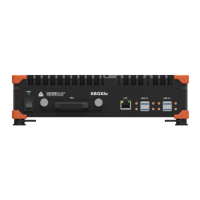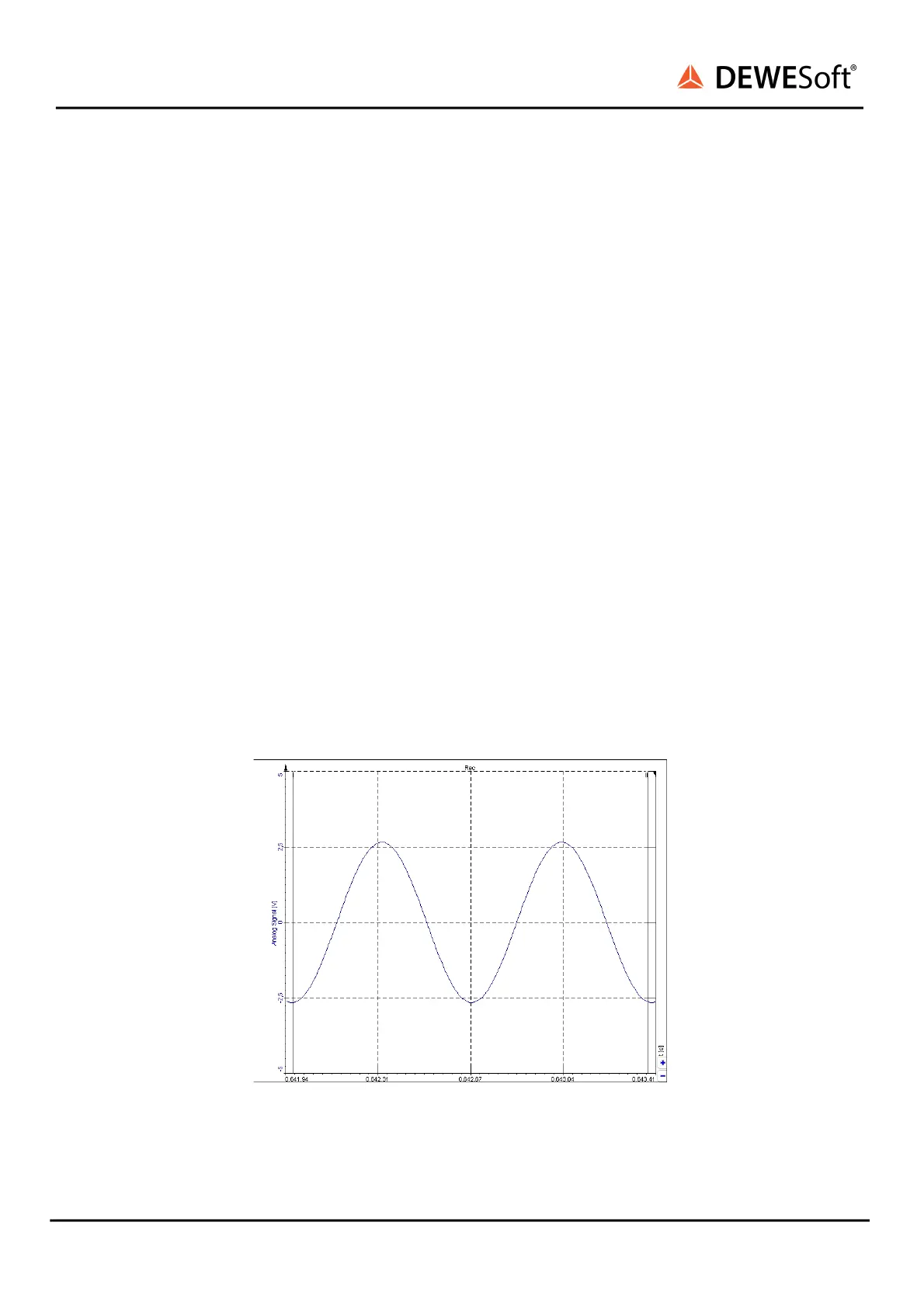SIRIUS
®
TECHNICAL REFERENCE MANUAL
8.2. Synchronisation
When acquiring data from multiple measurement channels, the degree to which the data of the
different channels can be correlated to each other in time can be very important. If the data of the
different channels is not synchronised, your analysis may be inaccurate or even completely wrong. The
faster you acquire the data, the more important synchronisation becomes (e.g. when you only acquire
one data point for a temperature measurement per minute for a relatively short measurement period,
synchronisation to other measurement channels may be irrelevant).
Since this is such an important point, DEWESoft® offers you a wide range of possible ways to
synchronise your data. To understand all the DEWESoft® features and settings, it is important to know
the basics and the definition of the terms that are used in this discussion: so the following glossary
should give us a solid foundation for the advanced topics that will follow.
When we talk about synchronisation in this chapter, we always mean inter-device-synchronisation
between different measurement devices: e.g. between 2 SIRIUS® systems or between SIRIUS® and
DEWE-43 or a DS-NET system, etc. Also the data from different channels and modules inside one
measurement system are subject to synchronisation. This intra-device-synchronisation is usually very
accurate and thus negligible.
8.2.1. Synchronisation glossary
8.2.1.1. Sampling
The analog signals that we want to measure are continuous time signals. Since all computer based
systems are digital, we need to convert those continuous time signals to discrete time signals: this
process is called sampling. A sample refers to a value at a point in time. Image below “Continuous
signal” shows the continuous analog signal.
Continuous signal
SIRIUS
®
V20-1 310 / 336

